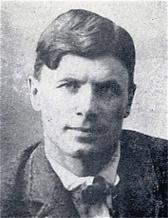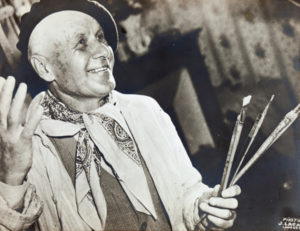
1883 - 1977
Alexis Gritchenko
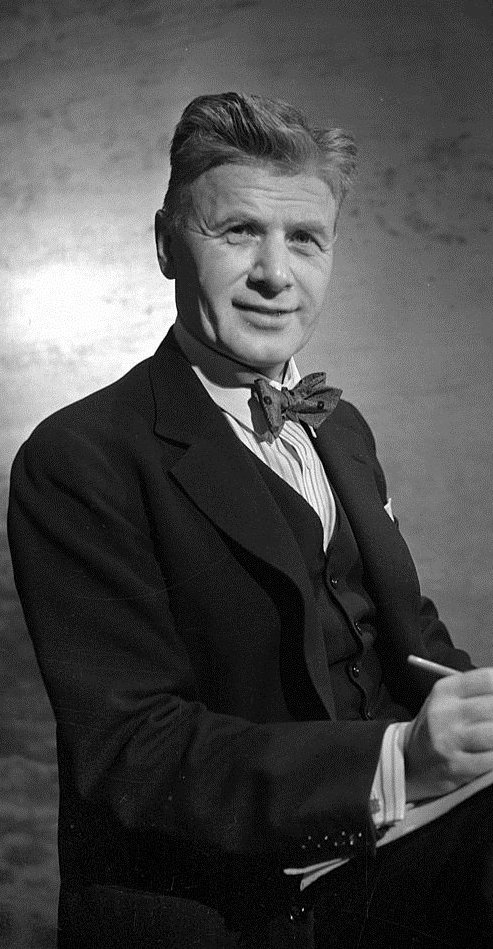
description
A Ukrainian painter and graphic artist, art historian and critic, art theorist and memoirist, who lived and worked in France for a long time.
He was one of 10 children of the director of a local bank. At the insistence of his mother, he studied at the Chernigov seminary, where he met writer M. Kotsyubinsky, with whom he kept in touch for a long time.
One of well-known avant-garde artists, A. Gritchenko was an active member of the Paris group of Ukrainian artists, maintained constant contacts with AIUA in Lviv (Association of Independent Ukrainian Artists). A participant and, since 1931, a member of the Paris Salons, whose works are represented, in addition to France and Ukraine, at the national museums of modern art of Copenhagen, Brussels, Madrid, Oslo, Boston, Philadelphia, as well as at the State Russian Museum and the Tretyakov Gallery (Russia). Of particular value are the theoretical studies of A.V. Gritchenko in the field of art and books of memories.
Key ideas:
– In his golden years, A. Gritchenko, who had already received world recognition, wrote, “I can only paint when there is harmonious balance of my mind and body. I owe the source of inexhaustible joy, which I have in me, to my family, childhood and Ukraine.”
– In the spirit of the times – the beginning of the 20th century – the artist experimented a lot in Cubism and Fauvism, used the techniques of Impressionism and primitivism, developed his theory – «color dynamics». The works of Gritchenko, according to V. Popovich, are distinguished by the use of Expressionism techniques “exclusively in form and color” – in markedly strong colors, dynamic design, pasty-relief texture. At the same time, he did not accept the worldview of Expressionists, because he “was alien to ever-disturbing doubts and internal conflicts.”
– In the Turkish and Greek period, according to the author of the first monograph on Gritchenko, P. Kovzhun, he paints “unusually and a lot, and with new energy and new love.” This period becomes “the end of everything that had been revised and investigated, and things are not the same as they were”. And it’s not that the artist had no money for oil paints and painted with watercolors. The artistic statement (colorful planes and clear contours) is still full of courage, but lyricism and a special subtlety in the expression of feelings appeared in his works.
– Under the influence of the southern landscapes of Greece and France, the lights of large cities, the widely and generously used colors and dramatic colors of Gritchenko became the expression of inner powers of the master who sought to transform the world in the canvas in his vision. At the same time, not the criteria for the novelty of techniques, but the criteria for the culture of painting in exquisite and concise color planes , and sometimes in the unrestrained temperament of a free brush, are central in the work of Gritchenko.
1883
1900
1909 - 1912
1913 - 1914
1915 - 1917
1918 - 1921
1921 - 1922
1923 - 1928
1930
1950
1960
1970
1977
The birth of the artist
He studied at the universities of St. Petersburg, Moscow and Kiev

He attended the studio and school of Yuon and Dudin
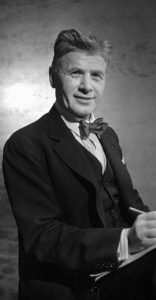
Traveled around Italy
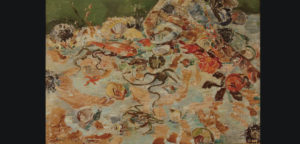
He became a member of the “World of Art”
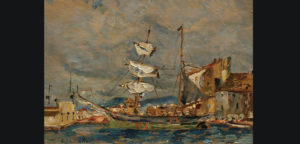
Went to Kiev, then to Istanbul
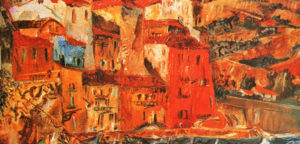
Moved from Cubism to "the explosive color expression"
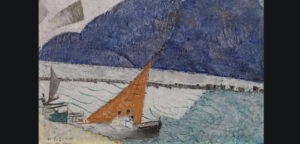
Participated in the Paris Autumn Salons
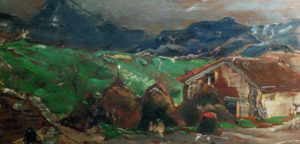
The artist became an official member of the Paris Autumn Salon
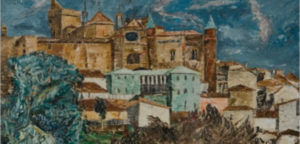
“Russian émigré artists in Paris”
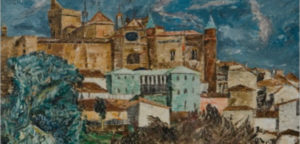
A retrospective exhibition was held in Cagnes-sur-Mer
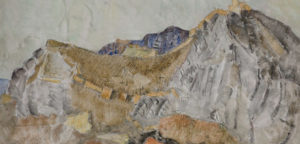
The society "Ukraine" organized an exhibition of works by the artist in Kiev
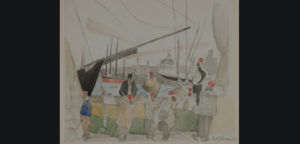
The death of the artist
